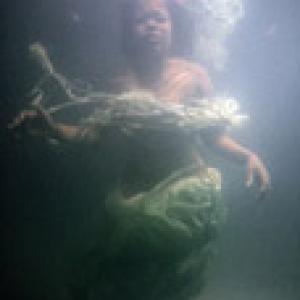
“Who creates the creator” - and the limits of interpretation?
In this presentation I will discuss some associative thoughts and preliminary results arising in connection with the forthcoming production of new stage-settings of Beethoven’s Fifth Symphony and Albinoni’s ‘Adagio’. The goal is to re-read and re-set the music and relieve it from some of the cultural layers and interpretational rituals that conventionally have been assigned to the pieces. The first part of the title, ‘Who creates the creator?’, refers to a question raised by Pierre Bourdieu in relation to in whose interest the present interpretational tradition is upheld? Is it for the sake of the art object or just for upholding the business around virtuosity and the genius? [audio mp3="http://jar-online.net/wp-content/uploads/2017/03/Beethoven-123-and-take-off.mp3"][/audio] I want to bring forward a slightly different story, and this from within the musical material. Both of the works are exceedingly well known and are in different ways incorporated in our cultural canon. Beethoven’s Fifth Symphony is seen as the overall emblematic piece for the whole classical tradition. Albinoni’s Adagio on the other hand plays a different role in the cultural landscape and addresses nostalgia in a more direct manner. “A musician, as is obvious, must, in the Western musical tradition, know how to intelligently read a score… For once one leaves meaning-interpretation for — what shall I call it? — structure-interpretation, the spell of monism is broken. Why shouldn’t a structure have more than one interpretation, more than one way it goes?” This citation from philosopher Peter Kivy can be widened, I will show, to also include the interpretation of form within a piece of music. By presenting two, in a way opposite, interpretational strategies in the same concert program, there is a larger possibility than is usually the case, for the audience and the musicians to start reflecting on the question of musical interpretation in a broader sense. With orchestras around the world relentlessly upholding the classical and romantic tradition in their repertoire there is a great need for new interpretational angles. The two new interpretations are to be performed by the Gothenburg Symphony Orchestra in October 2011.



